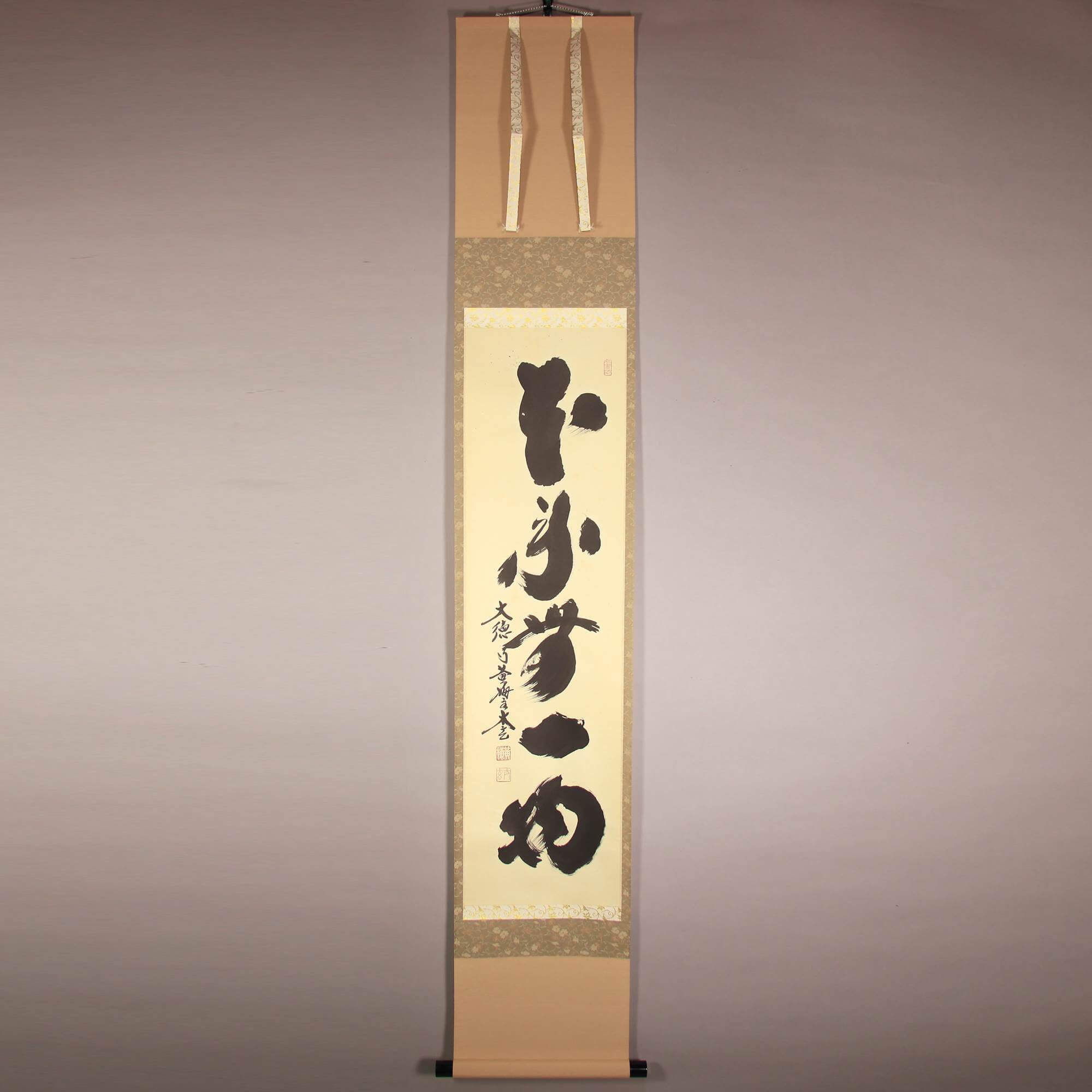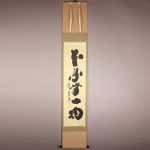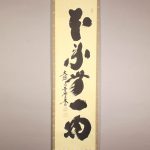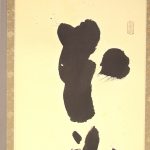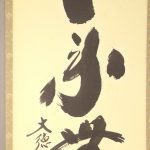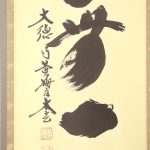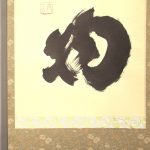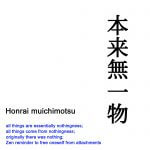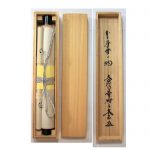Products Lineup
News / Blog
Other Menus
Calligraphy: Honrai Muichimotsu / Kobayashi Taigen - All Things Are Essentially Nothingness
- Product ID
- 0189
- Name
- Kobayashi Taigen
- Profile
The chief priest of the Ôbai-in sub-temple of the Daitoku-ji temple, Kyôto.
Kobayashi Taigen was born in 1938 in Shenyang and lost his parents at the age of six. At this time he was given to a monastery, where he was raised up.
In 1961 he completed a degree at Hanazono University in Kyōto where he thereafter trained under Ōtsu Rekidō, the 130th abbot of Shōkoku-ji. He then succeeded Ōbai-in’s abbot Miyanishi Genshō at Kyōto’s famous Daitoku-ji.
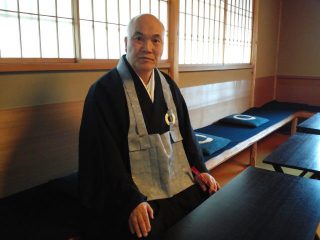
- Size
- 360mm x 1810mm
- Roller End Material
- Wood coated with black "urushi" (lacquer)
- Material of the Work
- Japanese paper
- Stock Condition
- Sold out
- Description
The phrase “Honrai muichimotsu” is one of the most famous Zen terms. It is a term that describes a state of enlightenment of Zen. By translation, it means that everything comes from nothing and comes into the world with nothing – no attachments, no possessions, no preconceived ideas nor prejudices; by nature, having nothing. Being free ourselves from any attachments allows one to attain the enlightenment.
This piece is a calligraphic work of “Honrai muichimotsu” by Kobayashi Taigen, the chief priest of the Ôbai-in subtemple of the Daitoku-ji temple, located in Kyôto. His dynamic and powerful brush strokes boldly grab our attention. We can’t see his idle thoughts from his brush strokes. It seems as if he tried to express the meaning of the phrase through this piece.

